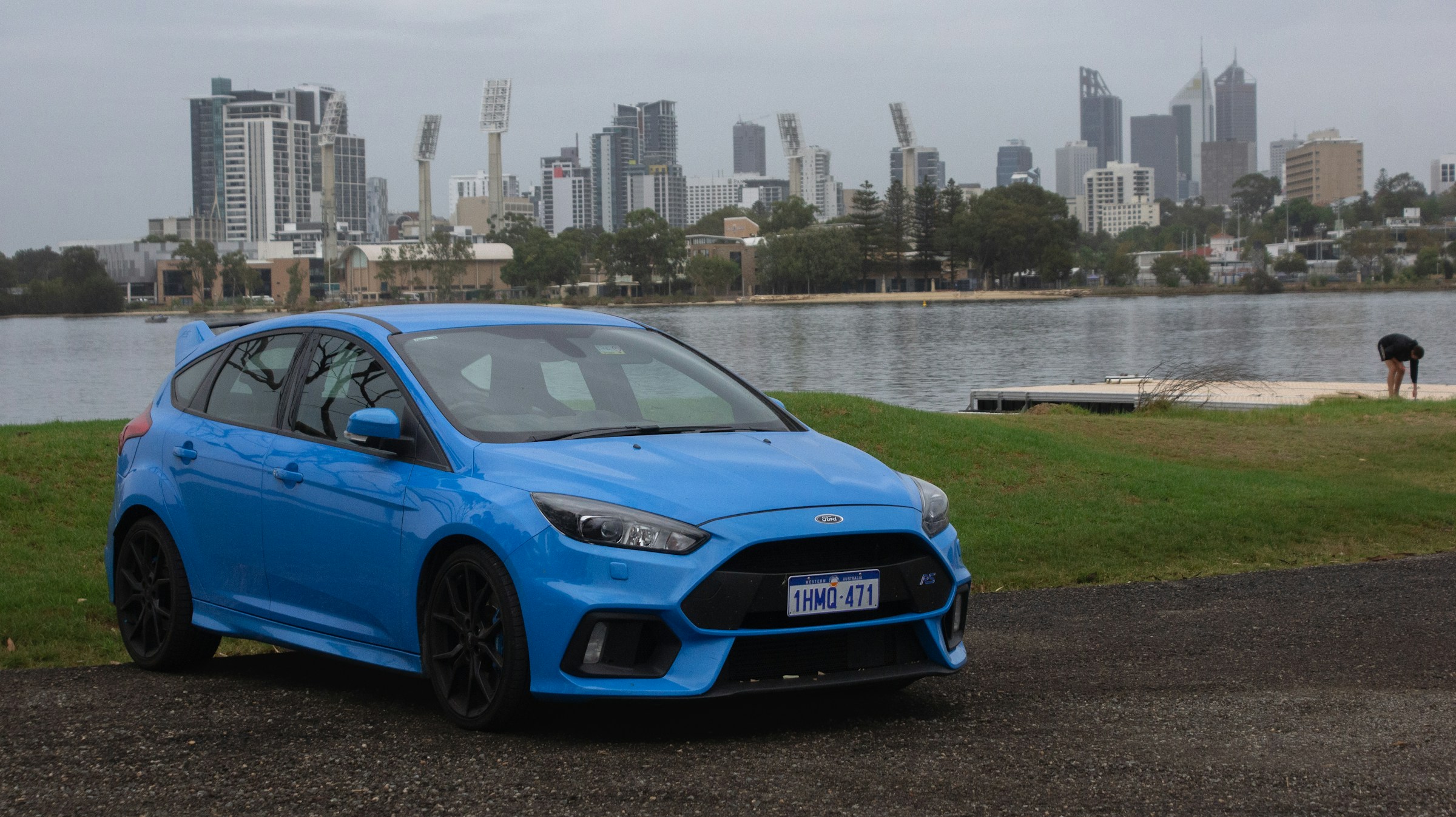Optimizing the aerodynamics of a car is not just about speed, but also about stability, balance, and fuel efficiency. In the context of a high-performance car like the Ford Focus RS, it’s about pushing the limits of what the car can do, and what you, as the driver, can achieve. In this comprehensive guide, we will help you understand how to enhance the performance of your Ford Focus RS using a rear wing and diffuser. Let’s delve into the key factors that will shift your focus to the rear of your car and boost its aerodynamics.
The Role of a Rear Wing in a Ford Focus RS
A rear wing is more than just a stylish accessory for your car. It plays a crucial role in enhancing the car’s aerodynamics by creating downforce. It’s all about the science of air flow and how it interacts with the car’s structure.
A voir aussi : What’s the Most Effective Soundproofing Technique for a Noisy Land Rover Discovery Interior?
When you drive at high speed, the air pressure at the front of your car is higher than at the rear. This could cause the car to lift off the ground, reducing traction and control. Here’s where the rear wing steps in. By pushing the car’s rear end down, it helps to increase the grip of the rear wheels, enhancing stability and control.
A rear wing on a Ford Focus RS also helps to reduce drag. As you push your car to its limits, the wing splits the air flow, reducing the air resistance or ‘drag’ that can slow your car down.
Avez-vous vu cela : Can a High-Performance Cold Air Intake System Boost Horsepower in a Toyota 86?
It’s crucial to choose a rear wing that fits your Ford Focus RS perfectly. Look for a wing that aligns with the car’s width and has an appropriate angle to the wind. Also, ensure the wing is made of lightweight, durable materials to withstand high-speed winds and harsh weather conditions.
Harnessing the Power of a Rear Diffuser
While the rear wing manages the air above the car, the rear diffuser takes care of the air that passes underneath. This essential aero component enhances your Ford Focus RS performance by manipulating the high-speed air flow underneath your car to create a vacuum effect.
As the air rushes beneath your car, the diffuser expands the air’s path, slowing it down and reducing its pressure. This creates a suction effect that pulls the car downward, further increasing downforce and stability.
The rear diffuser also contributes to cooling the car. When strategically placed, it can channel air towards the brakes, reducing the risk of brake fade under high performance. Furthermore, it can direct air to cool the engine, improving overall performance.
To maximize the performance of your diffuser, ensure it extends across the full width of the car and angles upward from the underside towards the rear.
Optimizing the Front Aero on a Ford Focus RS
The front end of your Ford Focus RS is also an essential player in your car’s aerodynamics. It is where the air flow starts to interact with the car, determining the behavior of the air as it moves towards the rear.
The front splitter is a key component to consider. It is a flat panel installed beneath the front bumper, which pushes the high-speed air away from the underside of the car, reducing lift and improving grip.
Venting the wheel wells can also help to reduce lift. As the wheels spin, they create a high-pressure area in the wheel wells. Venting these areas allows the air to escape, reducing pressure, and thus lift.
Remember, balance is key when optimizing the front aero. The changes you make at the front should complement those at the rear to ensure consistent downforce and stability throughout the car.
The Impact of Aerodynamics on the Car’s Performance
Aerodynamics can significantly affect the performance of your Ford Focus RS, particularly when driving at high speed. Better aerodynamics translates directly to better handling, more stability, and even improved fuel efficiency.
By increasing downforce, a rear wing and a diffuser can enhance the grip of the tires on the road, offering you greater control, particularly at high speeds, and during cornering. This allows for quicker acceleration and more confident handling.
On the other hand, by reducing lift and drag, these accessories can help keep your car stable and controlled, even when you push it to its limits.
Ultimately, enhancing your Ford Focus RS’ aerodynamics with a rear wing and diffuser is not just about achieving high speeds, but also about taking your driving experience to a whole new level.
Choosing the Right Parts for Your Ford Focus RS
The market is teeming with a vast array of aerodynamic accessories, making it a daunting task to choose the right parts for your Ford Focus RS. However, remember the golden rule – quality trumps quantity. The effectiveness of your aero modifications will largely depend on the quality of the parts you choose.
Ensure that the parts are designed specifically for your car model. They should be made from high-quality materials to withstand the rigors of high-speed driving.
Furthermore, look for a reputable supplier with a proven track record in the industry. Reading reviews from other Ford Focus RS owners may also provide valuable insights.
After you’ve selected your parts, consider seeking professional installation to ensure they are fitted correctly. This will ensure optimal performance and longevity of your aerodynamic modifications.
By taking the time to understand the aerodynamics of your Ford Focus RS and equip it with a high-quality rear wing and diffuser, you can drastically enhance your car’s performance, stability, and driving pleasure.
How to Utilize Dive Plane and Canard Kit for Aerodynamics
The dive planes and the canard kit are another set of tools that can significantly improve the aerodynamics of your Ford Focus RS. Like the rear wing and diffuser, they are designed to manage air flow and create more downforce, enhancing your car’s high performance.
Dive planes, also known as canards, are small winglets fitted to the front sides of your car. They serve two main purposes – they create downforce at the front, and they direct air around the tyres, reducing drag.
When installed correctly, dive planes can give your Ford Focus RS an edge in cornering speed. At high speeds, they provide extra downforce at the front, which increases the grip of the front tyres and helps the car to corner at higher speeds.
Moreover, by directing the air around the tyres, they help to reduce the turbulent air and the drag it causes, allowing your car to cut through the air more efficiently.
A canard kit, on the other hand, is designed to work in tandem with the dive planes, enhancing their effects. It contains additional parts like vortex generators that create low pressure areas, reducing lift and increasing downforce.
As with the rear wing and diffuser, it’s crucial to ensure your dive planes and canard kit are of high quality and appropriately installed. They should be aligned correctly to the wind angle, and they must be robust enough to withstand high-speed winds.
Using Torque Vectoring for Enhanced Performance
One of the innovative Ford technologies that boosts the performance of Ford Focus RS is torque vectoring. It’s a system designed to increase the cornering speed of the car by distributing the torque to the wheels that need it the most.
In simple terms, when you’re taking a sharp turn at high speed, the inside wheel of your car has to travel a shorter distance than the outside wheel. This can cause understeering, where the car tends to go straight instead of following the curve.
Torque vectoring solves this problem by directing more torque to the outside wheel, forcing it to rotate faster. This helps the car to follow the curve more accurately, increasing your cornering speed and enhancing your Ford performance.
Pairing torque vectoring with the aerodynamics upgrades like the rear wing, rear diffuser, and dive planes can further enhance your Ford Focus RS’s performance. It not only enhances the handling and stability of your car but also improves its fuel efficiency.
Conclusion
Optimizing the aerodynamics of your Ford Focus RS is about understanding how air interacts with your car and using that knowledge to enhance your car’s performance. It’s about equipping your car with high-quality parts that not just boost your car’s performance but also enhances your driving experience.
Whether you’re optimizing the rear with a wing and diffuser, enhancing the front with dive planes and a canard kit, or using innovative Ford technologies like torque vectoring, it’s about making smart, informed decisions that will push your car, and your driving skills, to the limit.
Remember, improving the aerodynamics is not just about speed, but also about control and stability. It’s about the thrill of driving a high-performance car like the Ford Focus RS, and the satisfaction of knowing that you’ve pushed it to its absolute limit.
By understanding and implementing these changes, you can drastically enhance your car’s performance, stability, and driving pleasure. So don’t wait, upgrade your Ford Focus RS today and experience the difference yourself.











